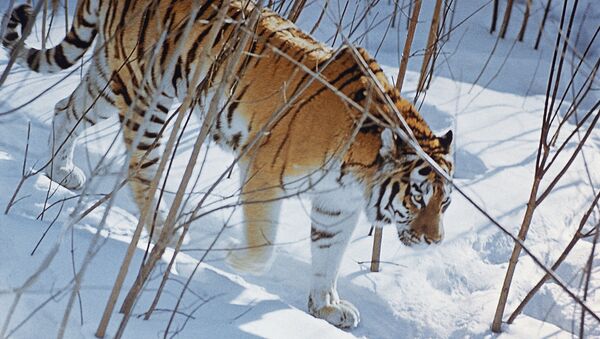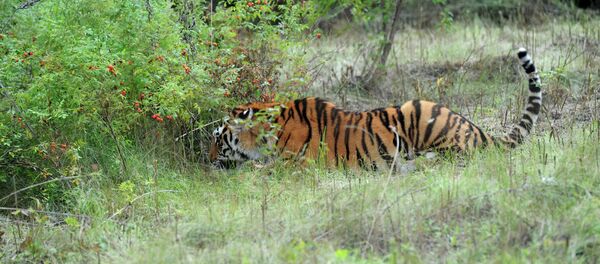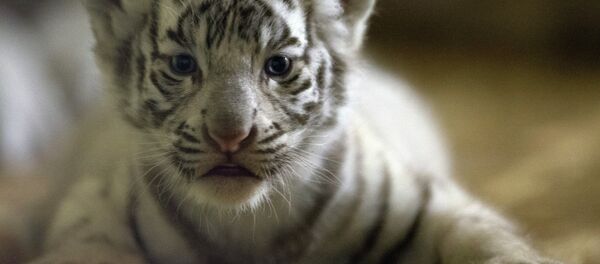"The population of leopards today in the Far East is 57, which is a lot more than a few years ago, when we spoke of a population of 30-35 animals. Experts suggest a level of 100-120 would ensure their conservation, and we are continuing this work," Primorsky Province Governor Vladimir Miklushevsky told RIA Novosti.
The big cat census involved the efforts of more than 800 people; one is carried out once every ten years. At the last count in 2004/5 the number of Siberian tigers, the world's largest cats, was stable at more than 450, having previously been on the brink of extinction. The tigers, which once roamed across northern China, the Korean peninsula and throughout the Russian Far East, are now confined to the Primorsky and Khabarovsky provinces of Russia's Far East. Once numbering in the thousands, by the 1940s hunting and the destruction of forests had decreased their population in the wild to no more than 40. The subspecies was saved from extinction after Russia became the first country in the world to grant the tiger full protection.
On Monday it was announced that the tigers residing in Primorsky province's Tiger Rehabilitation Center are to be joined by Tikhon, who last year ended up out of his usual wild habitat in a village in Khabarovsky Province. Tikhon, who is two and a half years old, attacked the pets of local residents and gave them quite a fright when he appeared there in November. Officials at the Rehabilitation Center, located at the Primorsky Safari Park, said that Tikhon now "practically does not fear people," and as such releasing him into the wild would be dangerous.




